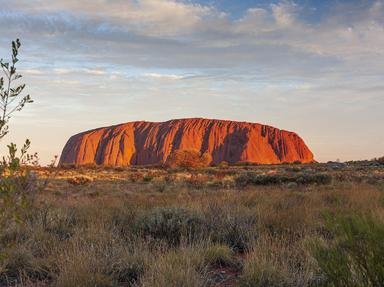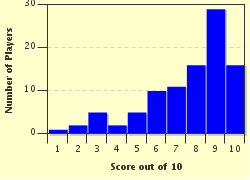Quiz Answer Key and Fun Facts
1. The nuts from this large tree have to be thoroughly soaked first before consumption. What tree is it?
2. This tree has a name similar to the fruit it produces. It was used, among other things, to treat the symptoms of a cold. Can you name it?
3. The pictured Silver Banksia had several uses among the Aboriginal people of Australia. One of these was for artistic purposes. What was that?
4. The cones of the black she-oak, pictured opposite, were used by the Australian aboriginal people for which illusionary purpose?
5. Why this tree is called the black wattle is puzzling. However, Australian aboriginal people utilised part of it for centuries for something we often see baseball players doing. Can you name this?
6. It was the stalk of this tree that was eaten and not the fruit that dangled from it. With a name the same as a famous Japanese tree, what is it?
7. This plant has the same common name as a gift which is given to many mothers on Mother's Day. Can you work it out?
8. Australian aboriginal people liked a little drink with a kick now and then along with the best of them. This tree could give them just that. Can you work out its name from the following choices?
9. Aboriginal mothers with young babies would certainly appreciate one of the uses of the wood of the pictured Murray Pine. What was this?
10. The drooping she-oak, pictured opposite, had many uses for aboriginal people, one of which was for a condition usually suffered by the elderly. What was this?
Source: Author
Creedy
This quiz was reviewed by FunTrivia editor
stedman before going online.
Any errors found in FunTrivia content are routinely corrected through our feedback system.

